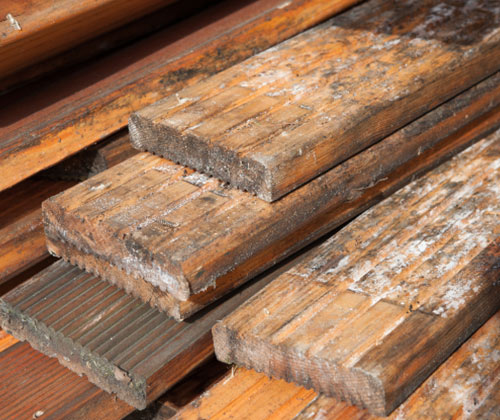There are more than 100,000 types of molds, and some are harmful while others are not. Mold affects individuals differently depending on their pre-existing medical conditions. Some types of mold produce dangerous toxins as their defense mechanism against other organisms. Below are some of the most common types of toxic mold:
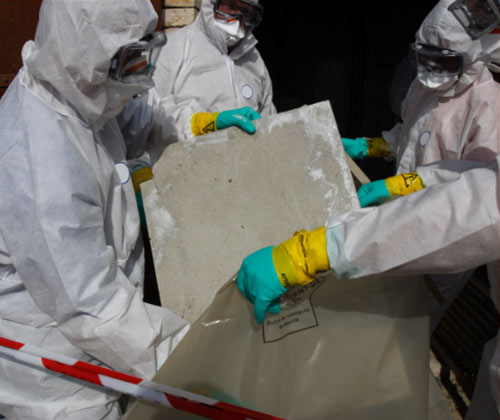
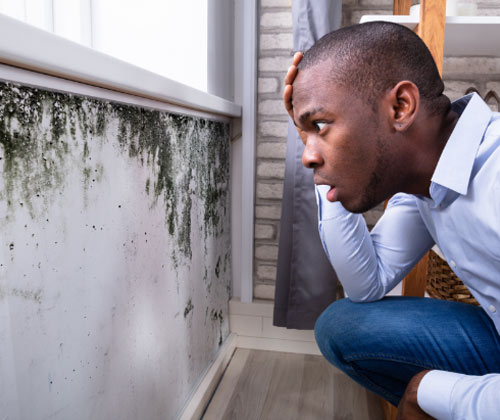
Strachybotrys
Strachybotrys is a very dangerous fungus or ‘black mold.’ In this genus, when the molds are disturbed, they can cause various infections. Mold is fond of materials that have been damp for a long duration, and contain cellulose. These include elements like wood, ceiling tiles, gypsum, or cardboard. This genus of mold causes illnesses in young babies. People with weak immune systems, the elderly or the very young are the most likely to fall ill after inhaling this mold species. Some symptoms that manifest after coming into contact with strachybotrys include but not restricted to:
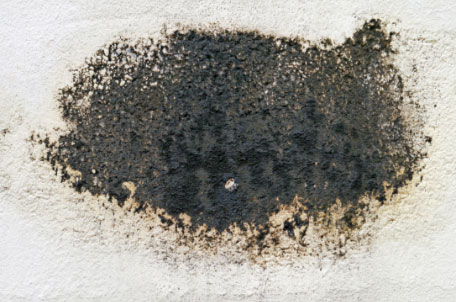
Memnoniella
Memnoniella is also called black mold and manifests exactly like Stachybotrys, and with the same health effects. The difference between the two is that under a microscope, Memnoniella’s spores release in a chain, while Stachybotry’s spores release in clumps.
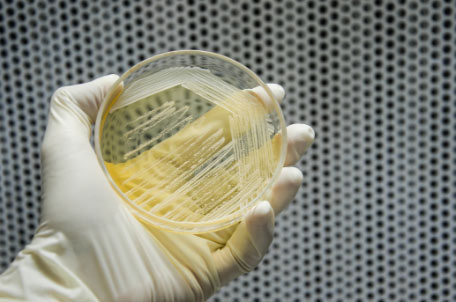
Penicillum
Penicillum comes in many species, some harmful, others beneficial for cheese and medicine production. Penicillum triggers allergies and is a problem among individuals with weak immune systems.
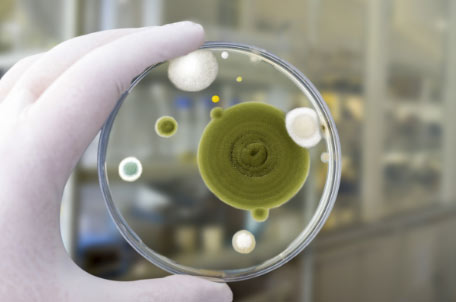
Alternaria
Alternaria is a widespread yet toxic mold that has many different species. If you inhale the spores of this mold, you might suffer from hay fever and asthma.
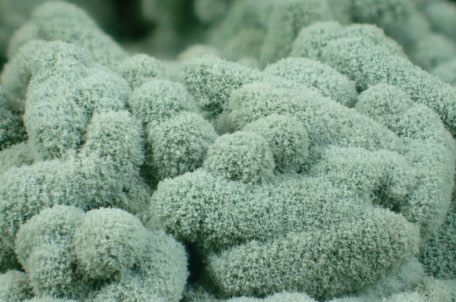
Trichoderma
Trichoderma is white with some green patches. It triggers allergies and thrives in damp areas. This mold has five subspecies, most of which are not toxic. Some molds in the subspecies can cause pulmonary and liver infections.
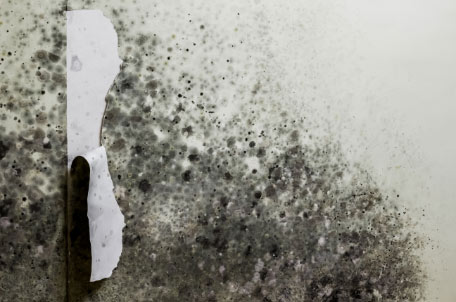
Geotrichum
Geotrichum is white and looks powdery. It spreads very swiftly and causes such diseases as pulmonary infections and tuberculosis. This type of mold grows in mild climates and damp conditions. It is an allergen and its spores spread through the air. It causes fatigue, itchy eyes, and in some instances, severe headaches.

Chaetomium
Chaetomium is an allergen, and it is found in previously water damaged drywall. The spores of this mold can cause neurological damage, autoimmune diseases, and triggers allergies like red, watery eyes and trouble breathing. It smells musty and grows best in wet and damp conditions such as drywall, under carpets, wallpapers, and baseboards. Chaetomium and black mold are often confused because they possess similar characteristics and grow in the same conditions.
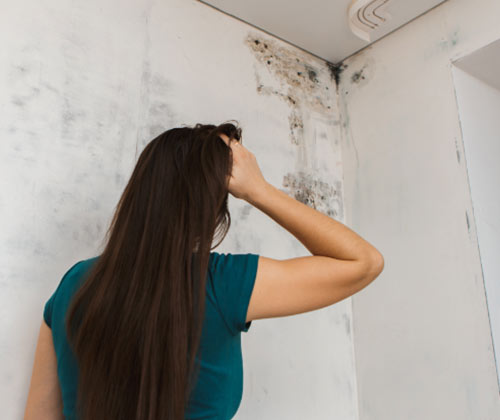
Ulocladium
Ulocladium is found in wet environments such as water-damaged homes, and is black. This mold mostly grows in kitchens, basements, and bathrooms. It is divided into two subspecies, both of which are severe allergens. It triggers skin infections and chronic allergic reactions like hay fever. Exposure to the mold for an extended period causes respiratory problems that manifest like asthma.
Bipolaris
When the mold Bipolaris starts to grow, it is a grayish-brown or whitish, but slowly turns a dark olive. It has a fluffy appearance, and grows on grass and soil. It can also grow in materials damaged by water such as hardwood floors, houseplants, and carpets. It reproduces swiftly and matures in five days. It causes allergic reactions and causes wheezing, asthma, coughing, and blocked nostrils when inhaled. For more information about our mold inspection services, feel free to call Iris Environmental Laboratories at (877) 540-8562 or email us at support@irislaboratories.com.
